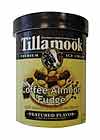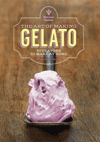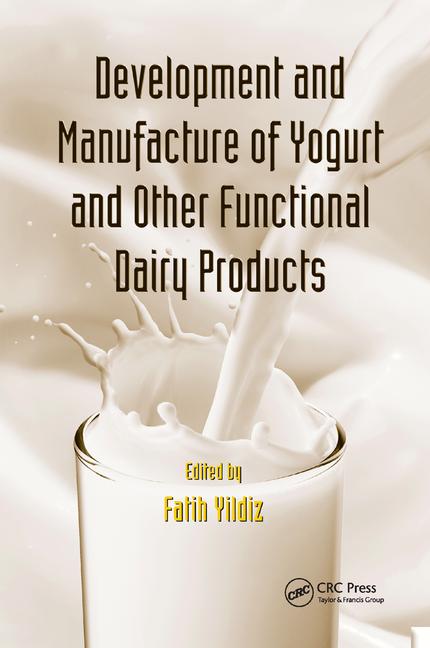
Donna Berry
Like many Americans, I need a few cups of coffee in the morning. I’m OK with my home brew. My husband, on the other hand, works in the Sears Tower and frequently patronizes the many downtown coffeehouses. He seldom hesitates to inform me that my cup of java just does not compare to the barista-made brew. (I use premium beans, but there’s something about the coffeehouse process that results in a better-tasting cup.)
He is like many out there. Not only do foodservice operators know that today’s discerning coffee consumer can differentiate between a freshly brewed, premium cup of coffee and the bottom of the pot, they know that consumers anticipate a certain sensory experience based on a bean’s origin and its roast.
Consumers are increasingly transferring these expectations to the plethora of coffee-flavored products in today’s marketplace. For dairy processors, that means your ready-to-drink coffee-milk drinks and coffee ice creams need to share the flavor profile of a fresh-from-the-pot premium brew. The traditional use of instant coffee alone to flavor these products is no longer acceptable. Thankfully, suppliers have made a great deal of progress in developing coffee ingredients that capture fresh-brewed flavor and fragrance.
For example, X Café LLC, Princeton, Mass., has patented a shelf-stable liquid coffee extraction process that can be used on any beans and any roast in order to provide customers with signature coffee extracts for their specific applications. “Most people don’t know a roasted coffee bean is 20% flavor/fragrance and 80% wood fiber. Coffee that is brewed at home or in a cafe captures somewhere between 16% to 18% of the bean’s flavor/fragrance,” says Paul Kalenian, president. “Modern coffee brewers are designed to heat water below its boiling point, which prevents wood fiber from being extracted, but also prevents all the flavor from coming out.

Autocrat Coffee & Extracts, Lincoln, R.I., manufactures coffee extracts using a proprietary, state-of-the-art extractor designed to retain all of the high-quality coffee notes. “These volatiles provide the best flavor notes of the coffee bean to come through in dairy products,” says Noreen Carroll, director of food ingredient sales. “Our process is an all-natural extraction method without any carriers that can add negative processed notes. The system provides a variety of concentrations and coffee blends based on customer needs.”
Brix is the measurement used to quantify the concentration of coffee flavor in coffee extract. “The brew strength of a typical cup of coffee is about 0.78 brix. So an extract at 23.5 brix is 30 times stronger than a standard cup of coffee,” Kalenian says. “This brew strength also equates to about 20% solids in the extract.”
Carroll adds, “Brix is one measurement that is checked to ensure quality of our extracts. This is in addition to other items on the product specification, including flavor, physical characteristics and microbiological standards.
“For many years we have been offering both single origin, as well as blended coffee extracts,” Carroll adds. “Single origin extracts can work well in products that require upscale marketing techniques. However, one must consider that a single-origin source has a risk in that if a country has a bad crop year for any reason, availability and price may prove challenging.”
With single-origin extracts, “The unique flavor of each bean comes through in the final flavor of the liquid extract,” says Cathy Kalenian, COO of X Café. “If you are looking for a specific coffee note-from a full-bodied lingering taste to one that’s highly acidic-we are able to pin down the specific bean or bean blend that provides that flavor profile.”
Dairy marketers should tout the fact that their products are made from premium coffee extract, as consumers are seeking out such products because of their purported health benefits. For example, a new analysis of the Iowa Women’s Health Study of 27,000 women showed that women ages 55 to 69 who drank one to three cups a day were 24% less likely to die of heart disease than non-coffee drinkers. And coffee, even in very low doses, appears to protect the liver. Kaiser Permanente researchers found less cirrhosis in heavy alcohol users who also consumed coffee. In fact, drinking less than a cup a day (the amount possibly in a serving of a coffee dairy product), cut the risk of cirrhosis by 30% and four or more cups cut it by a remarkable 80%. Coffee drinkers have also been shown to be about a third less likely to develop Parkinson’s disease, according to Harvard University investigators. Italian research found a steeper drop of 80%.
Coffee…it’s no longer an ordinary Joe.


